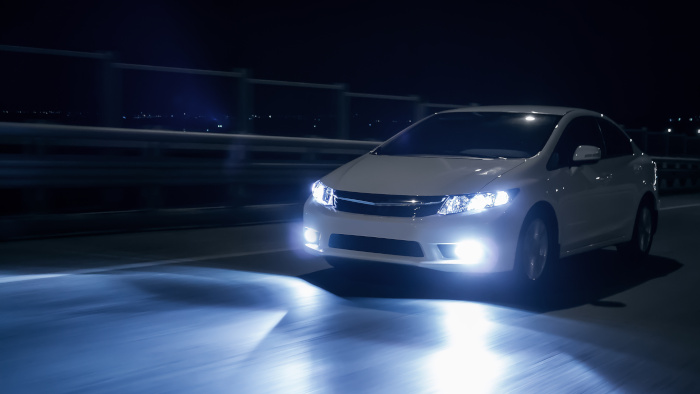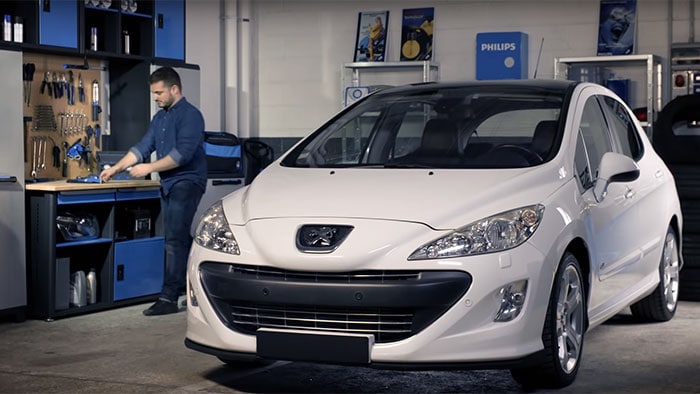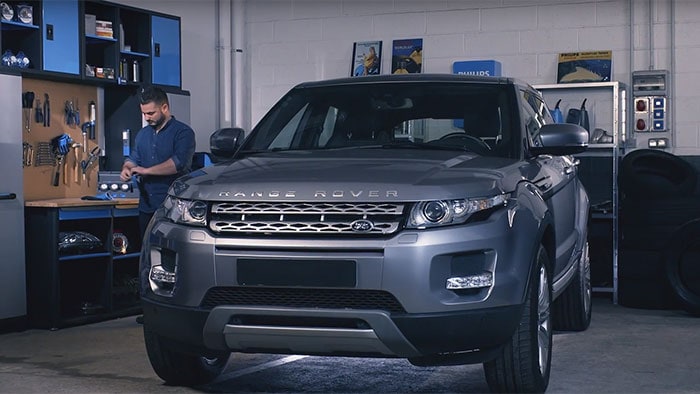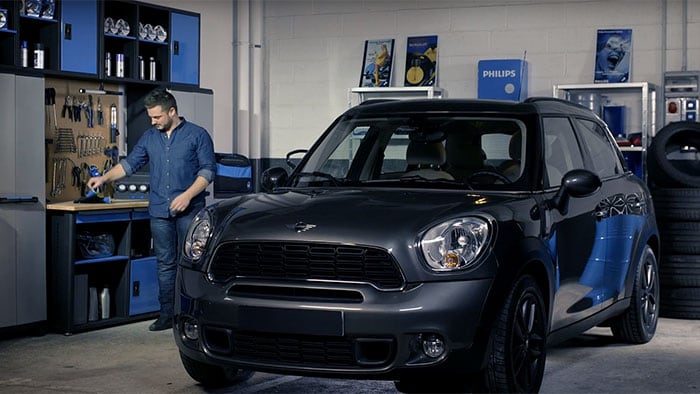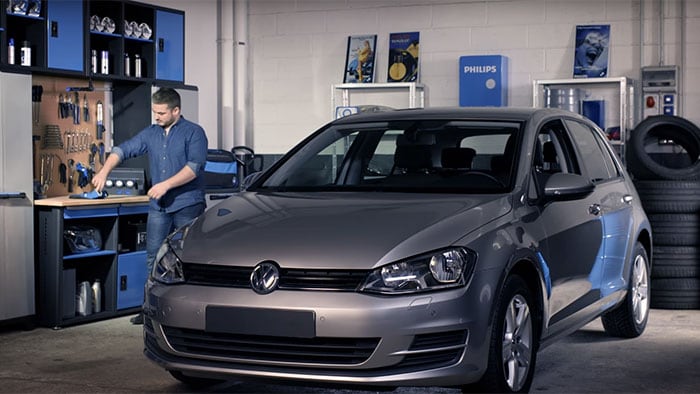Seeing and being seen
Good practices
"Behind the wheel, seeing means surviving.” This French road-safety slogan was originally aimed at getting drivers to test their eyesight. It applies equally well to automotive lighting. Seeing and being seen are two key safety considerations for car-users. With the vacation season approaching, we run through the details.
The bulbs used by leading carmakers are constantly improving, while the latest-generation technologies, like LEDs, are becoming increasingly durable. Over time however, all such light sources lose intensity, even if LEDs do so 20 times more slowly than halogen. It’s only logical. Headlamp lenses don’t last forever either, and their clarity suffers. As a motorist, your mission is always to see and be seen by checking your vehicle’s lights on a regular basis. For safety’s sake, of course, but also because faulty lights can seriously damage your wealth.
The Highway Code is perfectly clear on the matter. In some countries such as in France, any vehicle with defective lights, such as a faulty bulb for example, can be stopped by the police. There’s no escaping the regulations on lighting. The same goes for stoplights that don’t work or turn lights that don’t flash. The bottom line is that breaking any of these regulations is guaranteed to earn you a fine. What’s more, of the many individual checks in a typical vehicle’s annual safety inspection, several will relate directly to the lenses and lights. They represent the second-largest cause of follow-up inspections in most of European countries. In conclusion, you’re better off checking that all your vehicle’s lights work properly and that the headlamp lenses are neither cracked nor yellowed with age. Changing bulbs is not enough The first (correct) reflex is to replace the bulb broken. And even if only one looks to be failing, it’s better to change them in pairs to keep the same intensity of light, both right and left. Looking beyond the lights themselves, it’s important to check the lenses or covers. If they’re dirty or have deteriorated over time – age and UV rays can turn some plastics yellow – a new bulb won’t light as effectively as it should. On average, a lens in poor condition can cut light intensity by 20-30%. Finally, effective lighting needs adjustment so that you can see far ahead without blinding other drivers. A beam that’s misaligned upward by only 1% can increase the risk of dazzling by a factor of 20. A 1% downward misalignment cuts the driver’s view by 30 meters on average. Ideally, you should use professional help (like a vehicle-testing center or garage) with the necessary equipment to ensure your headlamp beams are correctly aligned. These vital yet simple, common-sense steps let you take to the road worry-free.
Road safety and your wallet
You might also be interested in:
-
![Dakar rally raid 2019]()
Dakar rally raid 2019
Click here to learn more -
![How to prepare your car for winter]()
How to prepare your car for winter
Click here to learn more -
![Headlight checks]()
Headlight checks
Click here to learn more -
![Lighting and Signaling]()
Lighting and Signaling
Click here to learn more
Find the right bulb for your car
Guide to finding the right bulb
Discover more

Where to buy
Purchase Philips Automotive products online or at a store near you
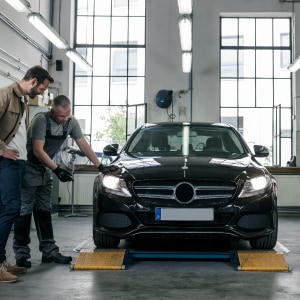
Automotive Support
Do you need a replacement Philips headlights for your car?
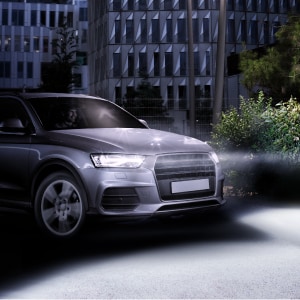
Philips product authenticity
Philips highest priority to provide maximum satisfaction for customers who buy genuine Philips products
How to replace your headlights?
How to replace headlight bulbs on your Peugeot 308
How to replace headlight bulbs on your Range Rover Evoque
How to replace Mini Cooper Countryman headlight bulbs
How to replace headlight bulbs on your Volkswagen Golf VII



